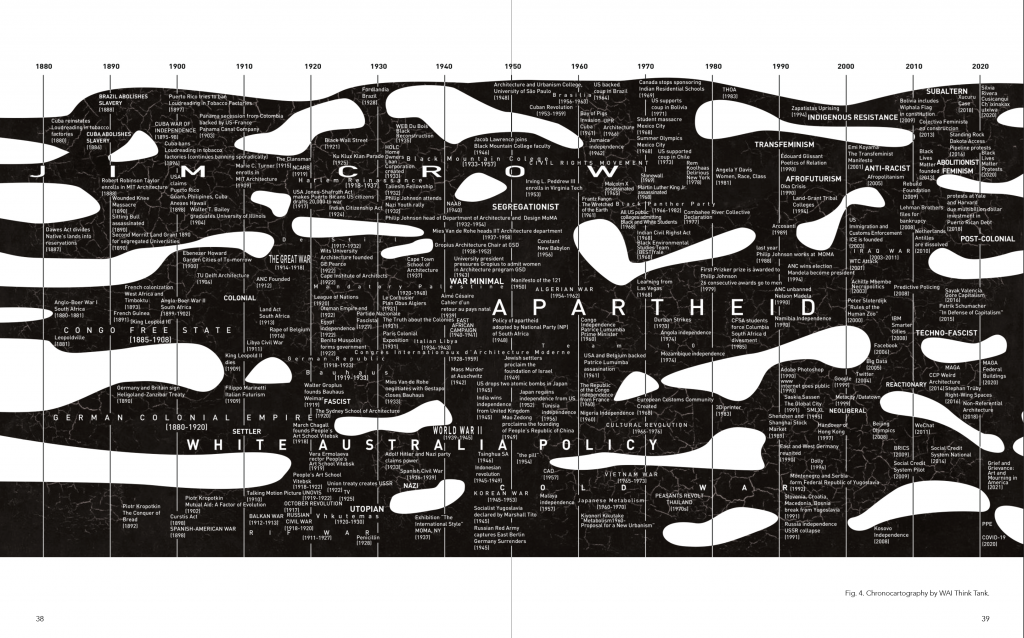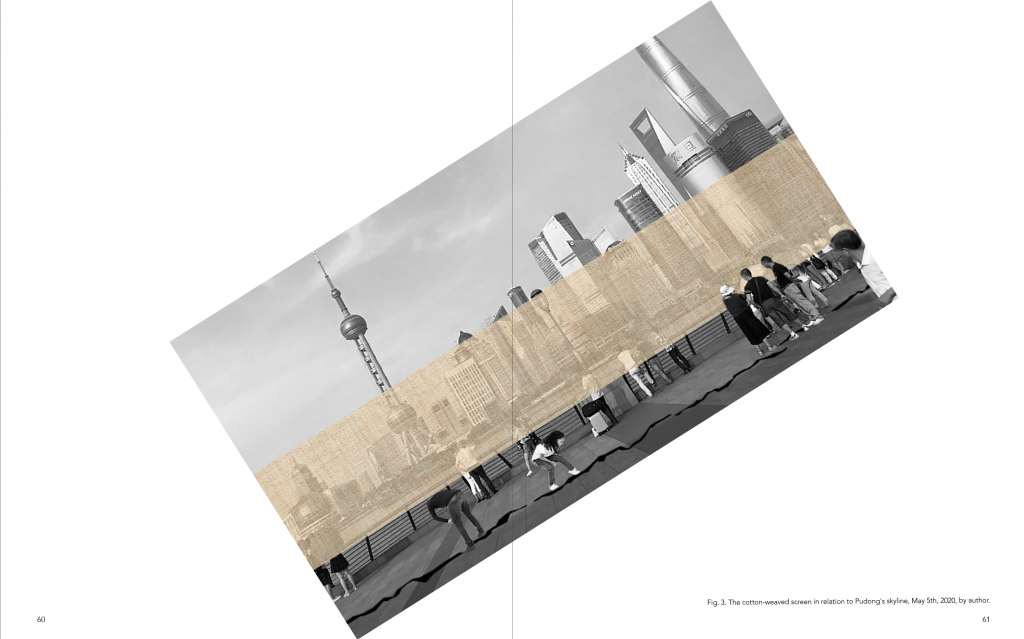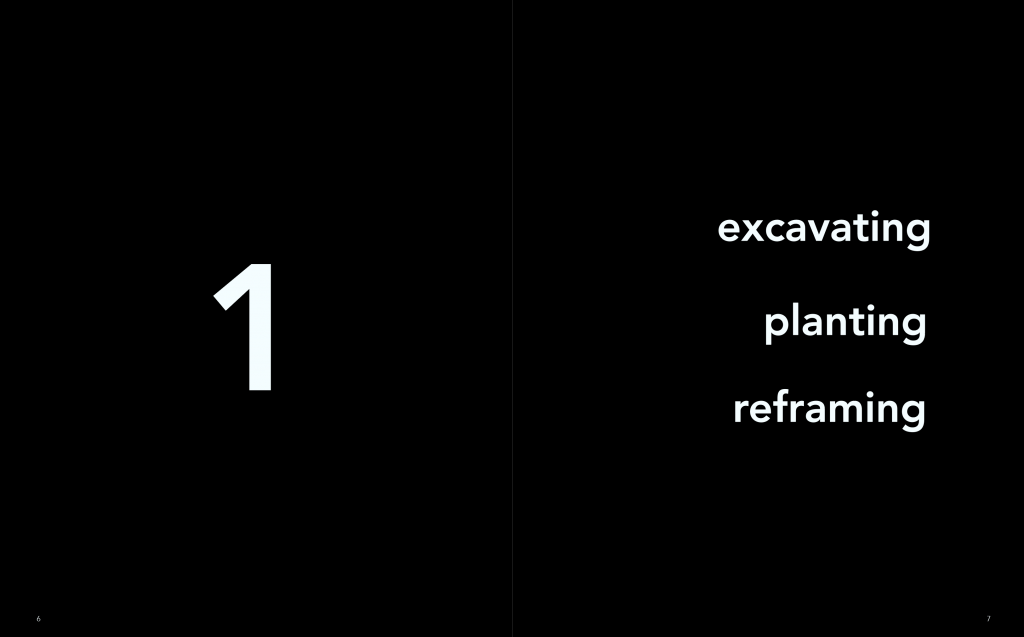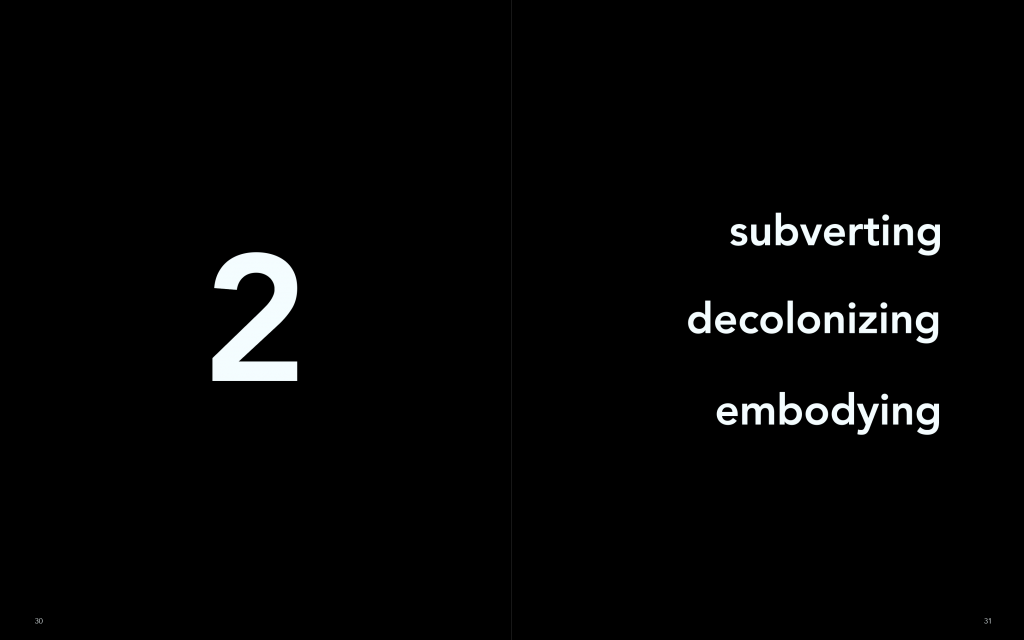Asst. Prof. Natalia Escobar Castrillón launches 4th issue of OBL/QUE: Anti-Racist Architectural Conservation Practices and Discourses
October 18, 2022
Assistant Professor Natalia Escobar Castrillón has released Volume Four of the academic journal OBL/QUE, titled Anti-Racist Architectural Conservation Practices and Discourses, co-edited with designer Rayshad Dorsey.
The issue is available for free download at www.criticalconservation.com.
It contains works by scholars and practitioners who take a critical stance on the relationship between architectural conservation practices and the legacy of systemic racism embedded in buildings and landscapes worldwide. These include Puerto Rico, China, Rwanda, the United Kingdom, the United States, and Canada.
“This is a call to action by emphasizing ways of doing and thinking of conservation such as excavating, planting, reframing, subverting, decolonizing, embodying, reclaiming, reconsecrating, and unearthing,” say Escobar Castrillón and Dorsey.
“The aim is to build a vocabulary and a new set of tools to dismantle the oppressor’s system as suggested by Audre Lorde,” they say. “This issue aims to provide a taxonomy of current anti-racist critical conservation practices that reframe the discipline as a potential ally in the struggle for social justice rather than a tool to perpetuate hegemony.”



The co-editors explain:
“At present, although in some places, conservation architects and institutions have taken an anti-racist position, in most cases, the exclusionist foundations of the conservation movement have remained unchallenged.
“Neocolonial conservation practices, policies, and institutions grounded on epistemic and cultural hierarchies of superior and inferior and of Western value systems as universals have remained complicit with projects such as the racial segregation and gentrification of territories and cities, the appropriation of Indigenous land and knowledge, the erasure of histories of anti-imperialist resistance, and the perpetuation of embodied and symbolic violence on marginalized communities.
“Conservation architects and designers are responsible for negotiating hegemonic historical narratives, and this task is fundamental in supporting deeper and more comprehensive socio-spatial justice efforts in the present and future.”
Escobar Castrillón founded OBL/QUE in 2016 at the Harvard Graduate School of Design.
The editorial team thanks WAI Architecture Think Tank, Jay Cephas, Peggy King Jorde, Rayshad Dorsey, Studio MASH, Ann Hunter Lynch, Catherine McBain, and Amanaarthi Janikir for their contribution to the journal and the critical discourse of architectural conservation.


CONTENTS:
1. EXCAVATING, PLANTING, REFRAMING
• Ann Hunter Lynch — Inveterate Scars: The Post-Monument Site (United States)
• Max Martin (Studio Mash) — A Toolkit for Contesting Statues (United Kingdom)

2. SUBVERTING, DECOLONIZING, EMBODYING
• WAI Architecture Think Tank — A Post-Colonial Conversation (Puerto Rico)
• Catherine McBain — Decolonial Intersections of Conservation and Healing: The Indian Residential School System (Canada)
• Sunny Yidan Hu — Sightseeing: Critical Conservation Intervention of Shanghai’s Huangpu Park (China)

3. RECLAIMING, RECONSECRATING, UNEARTHING
• Jay Cephas — Out of Place, Out of Time: Architecture, Race, and The Geographies of Memory (United States)
• Peggy King Jorde — Site Seers: African American Burial Ground Preservation & Remembrance (United States)
• Aarthi Janakiraman — Memorializing Traumatic Past Through World Heritage: Genocide Memorial Sites in Rwanda (Rwanda)
• Rayshad Dorsey — Correcting the North American Plantation Myth (United States)

SOCIAL MEDIA LINKS:
Journal
https://www.instagram.com/oblique_critical_conservation/?hl=en
https://www.facebook.com/criticalconservation
Editor-in-chief:
https://www.instagram.com/natalia_escobar_castrillon/?hl=en
Invited Editor: